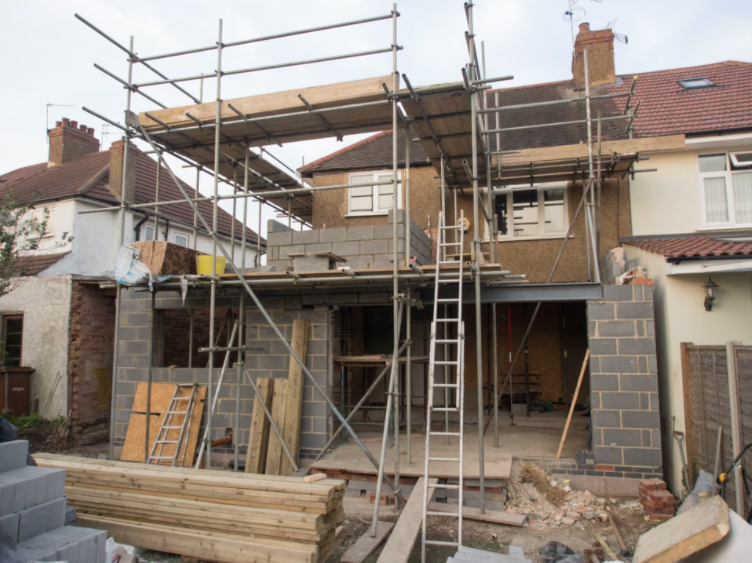Why It’s Important To Properly Remove Construction Waste

If you think the most important thing about construction is just making sure the new building matches the old one, think again!

Photos By: Unsplash
The aftermath of a construction project can be messy and potentially hazardous but it doesn’t have to be – provided you follow some simple guidelines for safety and cleanliness. Construction workers are responsible for many different tasks in order to keep their work environment safe, including removing debris from the site after demolition projects, cleaning up spills or leaks on-site, limiting dust exposure by using appropriate safety equipment like masks and goggles during certain operations, etc. But if they don’t take care of these things properly before they start work each day, then not only will their own health suffer, but the health of those who live or work nearby could be at risk too.
What are Construction Wastes?
Construction wastes are materials that are generated as a result of construction operations. They can be hazardous or contain hazardous substances. When the pile is created it needs to be managed in a safe way which means that if it is not handled safely then it can cause harm to the environment and environmental health.
Why it’s Important to Remove Construction Waste
Removing construction waste is important in order to limit the environmental and health impacts that construction sites can cause. Even if an organization only occupies a temporary location for a few months, all the leftover materials left behind when they leave can create environmental problems or hazards for future occupants of the site or neighbors. The folks at https://bbins.com.au/ point out that sometimes it is necessary to hire professionals and rent additional skip bins. With skip bins on-site, you can easily clean up or dispose of any rubbish or construction waste.

The Dangers of Leaving Construction Waste on-site
A construction site can be a very dangerous place. The dangers of leaving construction waste on-site may be as simple as accidents that happen because people are too close to the mess for comfort, or as serious as the hazardous materials from the debris causing toxic fumes. Either way, people are in danger. When waste is not removed from the construction site, it becomes a hazardous place to work, full of hidden dangers, so in order to keep everyone safe during the project, it should be properly cleared away.
How to Properly Remove Construction Waste from your Property
There are a few things that you can do to remove construction waste from your property. For example, make sure the dumpsters are closed and locked shut before anyone goes home for the day. Posting signs at the entrances to restrict access to unauthorized people will also help minimize safety hazards associated with trying to remove construction debris without following proper safety precautions (such as wearing protective gear). Finally, make sure that all employees who work on-site are briefed about the necessary safety precautions they should be taking to ensure themselves and others stay safe.
How to Dispose of Construction Waste
Construction waste can be disposed of in two ways – it can either be recycled or incinerated. Recycling helps to save on energy and to reduce the amount of gas emissions that are released into the air. The other option is incineration which is cleaner than recycling, but hazardous fumes are released into the air. It also releases more carbon dioxide into the air than recycling does. Incineration also produces ash that needs to be properly disposed of. If you don’t take care of your site, it could become an environment where dust, unmanaged spills, and other contaminants can easily spread to all who come across it. This is why it’s so important to clear away the construction waste that your project is generating, so it can be disposed of properly.
Removing construction waste is important to prevent safety hazards within the building site, reduce environmental degradation caused by contaminants and protect public health due to risks associated with spills, dust particles, etc. This is especially true if the job is a long-term construction project.






